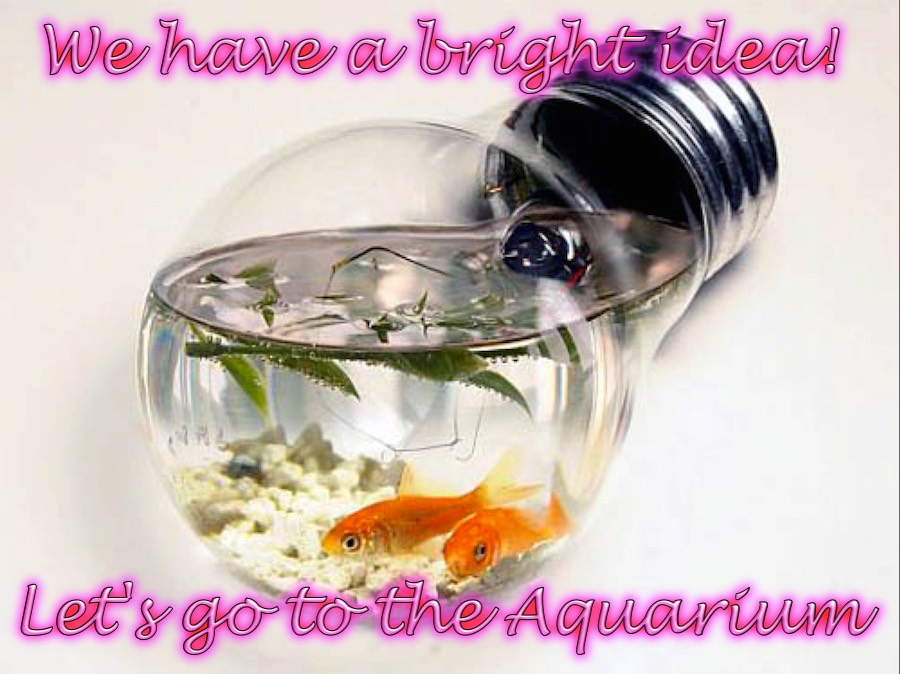Sometimes We "Drop In" For A While... It's A Quickie!
We have been members since 2003 and as such we make use of the ability to come and go at will.

2015-05-13 (Wednesday) - Vertical Migration And Whale Falls
We had to get out of the house as the house cleaners we due in so we decided to go to the Aquarium and see some of the new displays! We got a lesson or two!
Do you know what the worlds largest migration of animals is? We figured elephants! Nope… Creatures of the sea migrate to the surface to dine where it is dark and then when the sun rises, they migrate deep into the sea to stay away from predators. It is done everyday and it is massive.
It's formal name is Diel vertical migration, also known as diurnal vertical migration, is a pattern of movement used by some organisms, such as Copepods, living in the ocean and in lakes. The migration occurs when organisms move up to the epipelagic zone at night and return to the mesopelagic zone of the oceans or to the hypolimnion zone of lakes during the day. The word diel comes from the Latin dies day, and means a 24-hour period. It is referred to as the greatest migration in the world in terms of biomass.

A "whale fall" is the carcass of a cetacean that has fallen into the Bathyal or Abyssal zone on the ocean floor. As they are found at depths of 2,000 m or 6,600 ft, they create complex localized ecosystems that supply sustenance to deep-sea organisms for decades.
The ocean's depths are supplied by nutrients falling down from the surface waters. When whales die and sink, the whale carcasses, or whale falls, provide a sudden, concentrated food source and a bonanza for organisms in the deep sea.
Different stages in the decomposition of a whale carcass support a succession of marine biological communities. Scavengers consume the soft tissue in a matter of months. Organic fragments, or detritus, enrich the sediments nearby for over a year.
The whale skeleton can support rich communities for years to decades, both as a hard substrate (or surface) for invertebrate colonization and as a source of sulfides from the decay of organic compounds of whale bones. Microbes live off of the energy released from these chemical reactions and form the basis of ecosystems for as long as the food source lasts.
At deep sea levels this forms a new food web and provides energy to support single- and multi-cell organisms and sponges, thus adding to the ocean's food chain.
